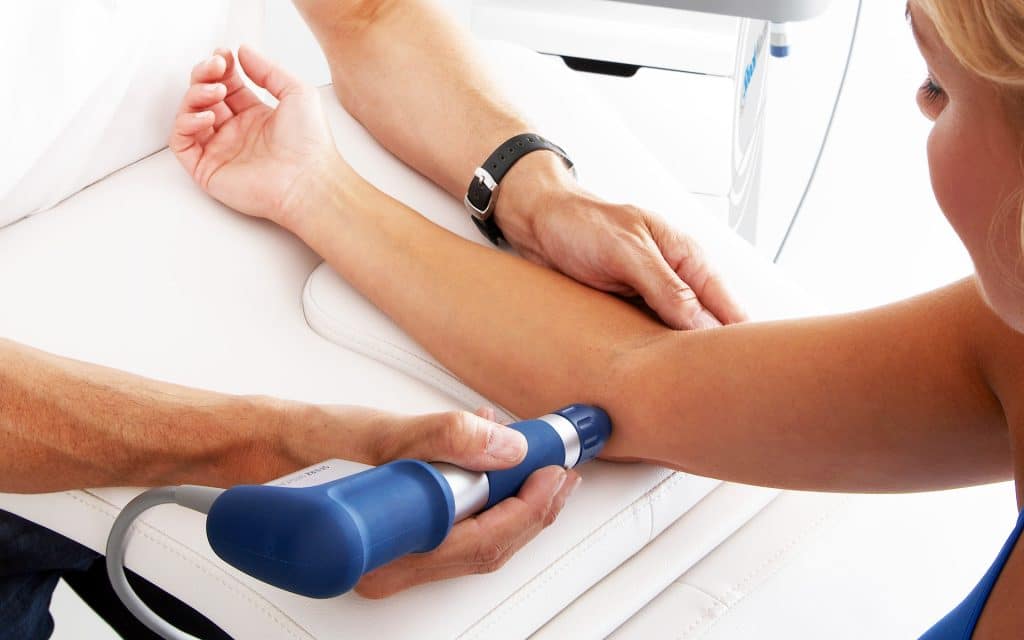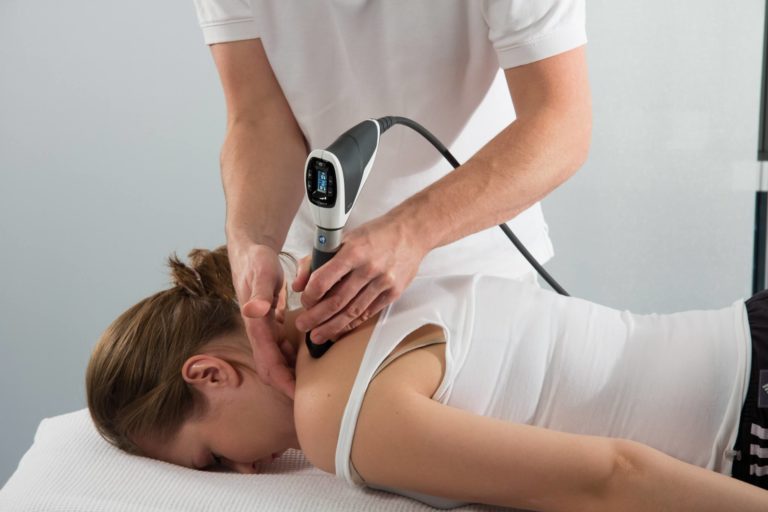Shockwave Therapy
At Park Rehab, we offer advanced Shockwave Therapy – a proven, non-invasive treatment that helps reduce pain, improve mobility, and accelerate healing.


Are you struggling with stubborn pain that just won’t go away? Whether it’s tendon pain, a sports injury, or calcifications limiting your movement, Shockwave Therapy may be the breakthrough you’ve been waiting for.
At Park Rehab, we offer advanced Shockwave Therapy – a proven, non-invasive treatment that helps reduce pain, improve mobility, and accelerate healing. This safe, effective option is ideal for a wide range of musculoskeletal conditions, especially those that haven’t responded to traditional therapies.
What Is Shockwave Therapy ?
Shockwave Therapy uses high-energy acoustic waves to stimulate healing within the body. These waves trigger a biological response that promotes tissue repair, reduces inflammation, and improves circulation – all without the need for medication, injections, or surgery.
It’s widely used in orthopaedics, sports medicine, and physiotherapy to treat both acute injuries and chronic pain conditions.
How Shockwave Therapy Works
Here’s what makes Shockwave Therapy so effective:
- New Blood Vessel Formation: Boosts blood flow and supports tissue repair
- Reduces Chronic Inflammation: Stimulates mast cells to reverse long-term inflammation
- Stimulates Collagen Production: Essential for healing muscles, tendons, and ligaments
- Releases Trigger Points: Targets muscle knots that cause pain and stiffness
These combined effects lead to faster recovery, reduced pain, and improved movement – often in just a few sessions.
What Conditions Can Shockwave Therapy Treat?
Shockwave Therapy is especially effective for conditions involving tendon, joint, or soft tissue pain. Common diagnoses we treat include:
- Jumper’s knee (patellar tendonitis)
- Shoulder Pain
- Heel Spurs and Plantar Fasciitis
- Chronic Tendinopathy (e.g. Achilles, rotator cuff)
- Hip pain and bursitis
If your condition has been resistant to rest, stretching, or medication, shockwave therapy may help get you back on track – without downtime.
What To Expect During Treatment
Shockwave therapy at Park Rehab is quick and straightforward:
- Targeting the Treatment Area – Your therapist will locate the source of pain through clinical assessment and palpation.
- Gel Application – A contact gel is applied to the area to ensure optimal transmission of the acoustic waves.
- Shockwave Delivery – The handheld applicator is placed on the treatment site, and controlled acoustic waves are delivered for a few minutes per session.
Each session typically takes 10–15 minutes, and there’s no downtime afterward – you can return to most daily activities immediately.
Take The First Step Toward Pain-Free Living
If you’ve been dealing with chronic pain or a lingering injury, don’t wait any longer. Contact Park Rehab today to find out if Shockwave Therapy is right for you. Our experienced team will assess your condition and create a plan tailored to your needs.
Call now or book your consultation online – and take the next step toward long-lasting relief.
